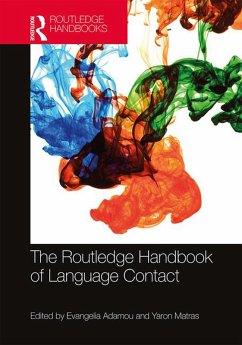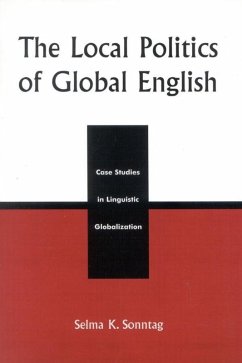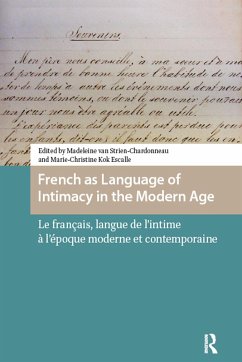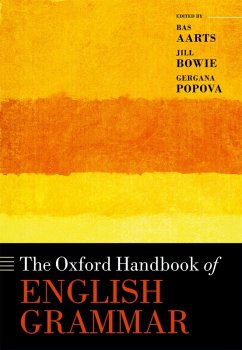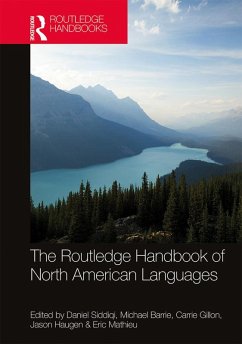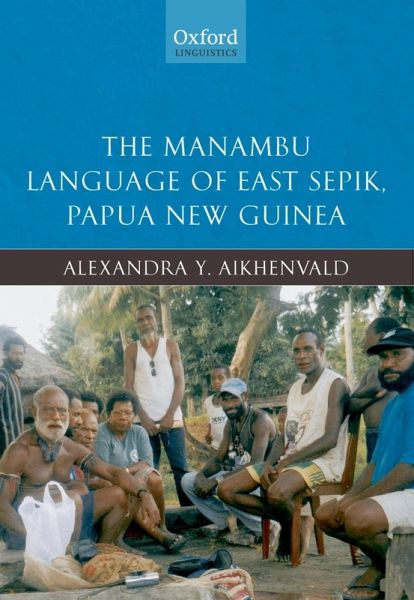
The Manambu Language of East Sepik, Papua New Guinea (eBook, ePUB)

PAYBACK Punkte
21 °P sammeln!
This book presents the first comprehensive description of the Manambu language of Papua New Guinea. Manambu belongs to the Ndu language family, and is spoken by about 2,500 people in five villages: Avatip, Yawabak, Malu, Apa:n, and Yambon (Yuanab) in East Sepik Province, Ambunti district. About 200-400 speakers live in the cities of Port Moresby, Wewak, Lae, and Madang; and a few live in Kokopo and Mount Hagen. The book is based entirely on the author's fieldwork. After an introductory account of the language and its speakers, Professor Aikhenvald devotes chapters to phonology, grammatical rel...
This book presents the first comprehensive description of the Manambu language of Papua New Guinea. Manambu belongs to the Ndu language family, and is spoken by about 2,500 people in five villages: Avatip, Yawabak, Malu, Apa:n, and Yambon (Yuanab) in East Sepik Province, Ambunti district. About 200-400 speakers live in the cities of Port Moresby, Wewak, Lae, and Madang; and a few live in Kokopo and Mount Hagen. The book is based entirely on the author's fieldwork. After an introductory account of the language and its speakers, Professor Aikhenvald devotes chapters to phonology, grammatical relations, word classes, gender, semantics, number, case, possession, derivation and compounding, pronouns, morphology, verbs, mood and modality, negation, clauses, pragmatics, discourse, semantics, the lexicon, current directions of change, and genetic relationship to other languages. The description is presented in a clear style in a framework that will be comprehensible to all linguists and linguistic anthropologists.
Dieser Download kann aus rechtlichen Gründen nur mit Rechnungsadresse in A, B, BG, CY, CZ, D, DK, EW, E, FIN, F, GR, HR, H, IRL, I, LT, L, LR, M, NL, PL, P, R, S, SLO, SK ausgeliefert werden.





